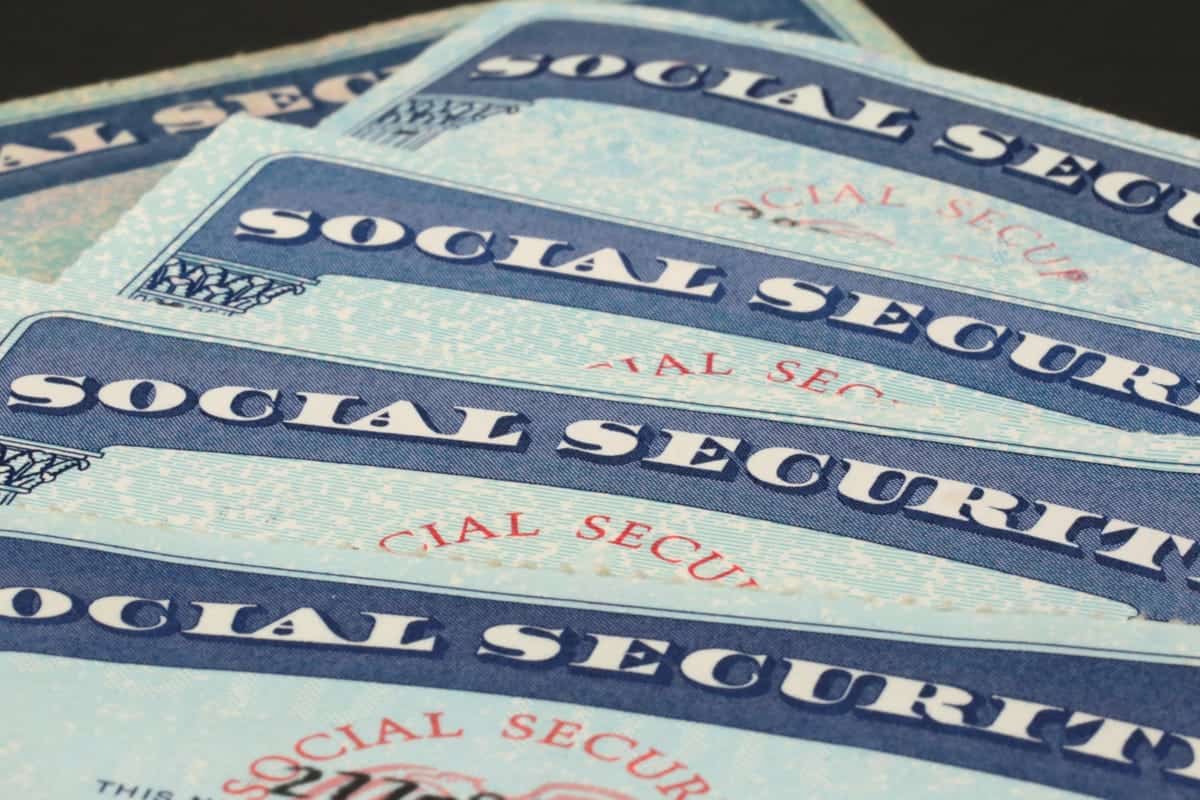Social Security is in worse shape than we thought. The program’s Old-Age and Survivors Insurance (OASI) Trust Fund is now expected to be insolvent by 2033, a year earlier than anticipated.
According to the annual report, its finances have been “significantly affected” by the pandemic and 2020 recession, not to mention “rapid population aging.”
Indeed, the ratio between contributors and beneficiaries has been shrinking for decades. In 1941, there were about 42 workers for every Social Security recipient. Today, that figure is around 2.5 workers per beneficiary.
A tipping point will occur in 2034: Americans age 65 and over will, for the first time ever, outnumber those 18 and under, according to Census Bureau estimates.
It’s believed that around 40% of older Americans only receive income from Social Security, and there have been calls to expand the program. I’ll leave that to lawmakers to decide.
For my part, I’ll say that it might make sense just to assume Social Security won’t be there when you’re ready to retire. Either that, or the income will be even less sufficient than it is now—especially if inflation proves not as “transitory” as Jerome Powell insists it is. I think it’s very telling that next year’s Social Security cost-of-living adjustment is expected to be above 6%. That would be the biggest bump since the early 1980s, when consumer price increases were sky high.
I don’t want to insult anybody’s intelligence or preparedness, but if you’re reading this and haven’t been participating in a defined-contribution (DC) plan such as a 401(k), or if you haven’t been contributing to an individual retirement account (IRA), I urge you to get started today.
If you have been doing those things, you might want to consider increasing your contributions. A 2021 survey found that just over half of older U.S. workers have less than $50,000 saved for retirement.
It doesn’t have to cost a lot. Our own ABC Investment Plan is only $1,000 to get started, then $100 per month in a fund of your choice. Want to invest in Amazon but can’t afford the $3,460 share price? With Robinhood, you can buy a fraction of a share if you wish. Plus, it’s commission-free.
Retirement Balances Hit Record High, Retail Trading Volumes Up
Now for the good news. Americans who’ve already been saving and investing for retirement saw their account balances hit record average highs in the second quarter of 2021. That’s according to Fidelity Investment’s analysis of more than 30 million IRA, 401(k) and 403(b) retirement accounts.
Looking just at 401(k) plans, Fidelity found that the average balance was just under $130,000, a new record high. That may not sound like a lot, but this includes everyone with a 401(k), including young people who may have just got started. The overall average balance for employees who have been contributing continuously for the past 10 years crossed above $400,000 for the first time ever, while that of people who have been investing for 15 years exceeded half a million dollars.
Individual investors and traders have also gotten more involved in the market, at least since the start of the pandemic. A recent article in the Economist shows that the number of trading accounts at brokerage firms, including Robinhood, has exploded from 59 million at the end of 2019 to 95 million today. Retail trading has likewise expanded. As a share of total trading volume, retail activity spiked to over 40% in the first quarter of this year, twice the volume from a decade ago. To meet the surging demand for stock and ETF trading, Fidelity is planning to hire as many as 9,000 new employees by year end.
Granted, trading is not the same thing as investing—and certainly not the same as planning for retirement—but I’m encouraged to see interest in personal finance improve among young people.
Only 12% of Americans Own Gold, 15% Own Silver
I believe gold and silver should also be part of a diversified retirement portfolio, but too few Americans are invested. One survey in 2019 found that only 15% of respondents held silver, and a little over one in 10 held gold.
Hopefully people will change their minds about hard assets, especially as we face the after effects of unprecedented monetary and fiscal stimulus measures. I agree with emerging markets investor Mark Mobius, who earlier last week recommended people buy gold in anticipation of “significant” currency devaluation as a result of runaway money-printing.
It appears more and more Europeans are getting the message. I’ve shared with you already that German investors’ gold purchases were highest in the first half of 2021 than in any period since at least 2009. The World Gold Council (WGC) attributes this activity to negative real rates and asset purchases made by the European Central Bank (ECB). As you can see below, euro-priced gold has closely tracked negative-yielding debt.
As always, I recommend a 10% weighting in gold, with 5% in physical bullion and 5% in high-quality gold stocks and ETFs. I also recommend no more than 2% in cryptos, particularly Bitcoin and Ether. Remember to rebalance on a quarterly basis.

